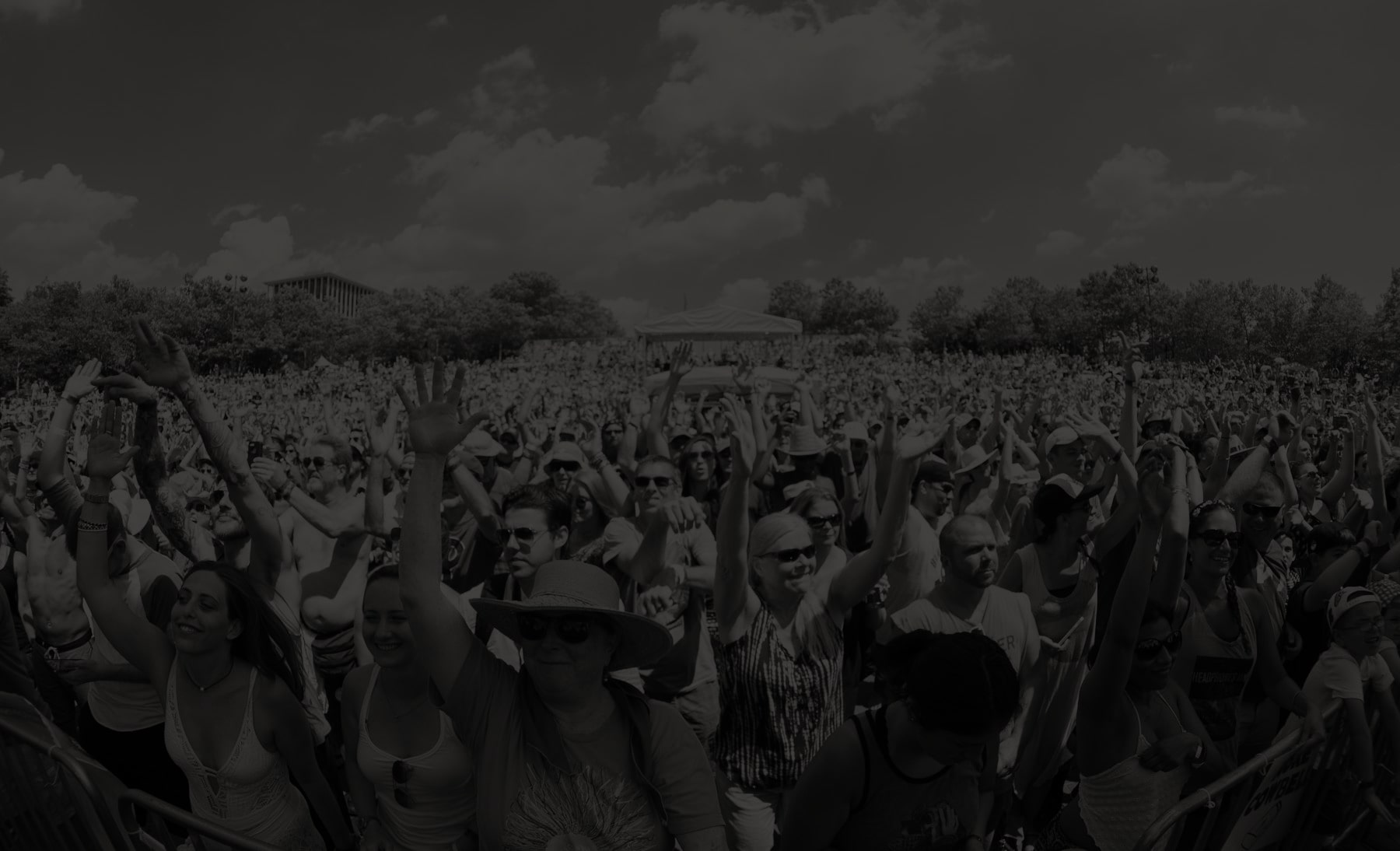
Sleepy Hollow’s Sounds of the 70s playlist
As you know, last weekend Dan Reed graced you with every #1 song to be released in the 1970s–some were great, and some were…well flat out dismal. It got the three of us here at Sleepy Hollow thinking about many of our favorite songs and records from that decade–here are a few thoughts about three recordings particularly close to our hearts, as well as a playlist that we curated for your listening pleasure. Enjoy the Sleepy Hollow Sounds of the 70s playlist!

Joni Mitchell’s Blue
Joni Mitchell-“River” (Blue; Reprise; 1971)
1971 is, arguably, the pinnacle year for the Laurel Canyon singer/songwriter scene, seeing to-be classics released from Graham Nash (Songs for Beginners), David Crosby (If I Could Only Remember My Name), and Judee Sill (self-titled). Stephen Stills and Neil Young, too, had come out with two of their best records (Stephen Stills and After the Gold Rush, respectively) in the latter-half of 1970. It was Joni Mitchell’s Blue, however, that may have ultimately had the most influence, setting the template for a countless number of singer/songwriters that is still being used today, and reaching #15 on the Billboard 200 albums chart. At times a celebration (“My Old Man,” “Carey”), devastation (“Blue”), and sometimes both (“California”), Mitchell’s songwriting not only captures the societal shift away from the ’60s counter-culture of which she was so much a part, but, perhaps more importantly, her place within it. On “River,” she laments the loss of her daughter (given up for adoption in the mid-’60s), the deterioration of her romantic relationship (presumably with Nash), and, of course, the fading idealism of the previous decade. By setting the scene of a warm weather Christmas amidst the imagery of the frozen river that she longs “to skate away on,” “River” is a masterclass in dramatic effect via song–detailed, honest, and full of beauty.

Nick Drake’s Bryter Later
Nick Drake-“Northern Sky” (Bryter Layter; Island; 1970)
Nick Drake’s three releases between 1969 and 1972 may serve as the brightest star among many in the ’60s/’70s British folk revival. Though virtually ignored during his lifetime, Drake has become the starting point for those interested in the second wave of British folk (due in no small part to that VW commercial that featured “Pink Moon” in the late ’90s…), and is now regarded as one of the finest songwriters of his generation. For his second album, Bryter Layter, Drake once again enlisted the help of fellow progressive folkies Pentangle and Fairport Convention. Not as jazz-influenced as the former, or rock-influenced as the latter, Drake’s recordings seem a more fluid attempt at marrying the myriad components being experimented with within the revival scene, all with the hushed, observational approach that Drake almost exclusively took in his singing and lyrics. The penultimate track from Bryter Layter, “Northern Sky,” uses imagery steeped in the natural world (a trademark of his work) to accent Drake’s plea for a lover’s help–“I never felt magic crazy as this/ I never saw moons knew the meaning of the sea/ I never held emotion in the palm of my hand/ but now you’re here/ brighten my northern sky.” It’s a rare bit of optimism in Drake’s body of work, which, due to the singer’s fragile mental health, would be cut short when he overdosed on a prescribed antidepressant in 1974.
.jpg&w=640&q=75)
Ron Carter’s All Blues
Ron Carter-“All Blues” (All Blues; CTI; 1973)
We last discussed the bassist Ron Carter when we profiled Miles Davis’ 1965 album, E.S.P., which featured Miles’ second great quintet, of which Carter was a part. By 1973 though, the bassist had graduated to leading his own sessions on Creed Taylor’s groundbreaking CTI label. Releasing hit albums by Wes Montgomery, Antonio Carlos Jobim, and Freddie Hubbard, to name a very few, CTI, like Blue Note before it, managed to capture its own unique sound that permeated nearly every recording it released, and it served as a bridge from the harder edged ’60s sound towards (for better or worse…) a smoother, more commercial sound that gained prominence in the latter half of the 1970s. For All Blues, Carter enlists Joe Henderson (tenor sax), Roland Hanna (piano), Richard Tee (electric piano), and the great Billy Cobham (drums), and manages to blend both the “cool” and progressive styles he learned with Miles Davis with the warmth that is CTI’s trademark, including elements of the avant-garde along the way. On the title track (originally recorded by Miles Davis on 1959’s Kind of Blue), that latter element is mostly present in Joe Henderson’s sax solo, and, while a highlight, it is Carter’s bass solo that really stands out, meticulous while still inventive, it shows just how advanced his playing had become, including a number of the fretless techniques (on an acoustic bass, mind you) that had and would continue to gain prominence in the burgeoning fusion scene, chiefly through the work of Jaco Pastorious. It’s no surprise that Carter had reached beyond the confines of “acoustic jazz” in his playing, he stretched outside of the genre in sessions that included Paul Simon’s “Run That Body Down,” a track included 1972 eponymous album.
Check out our Spotify playlist below for more Sleepy Hollow picks of the ’70s!